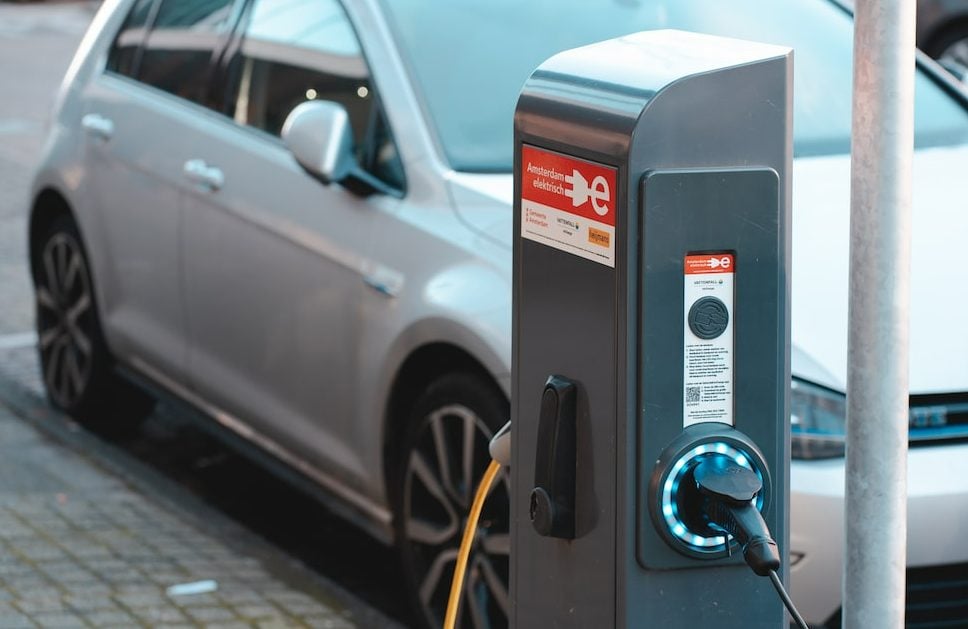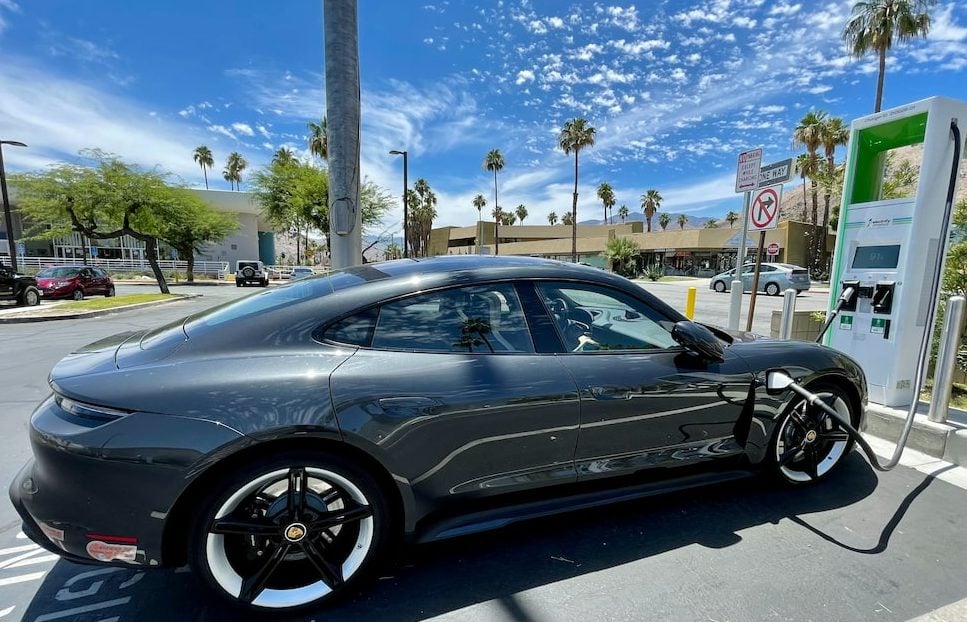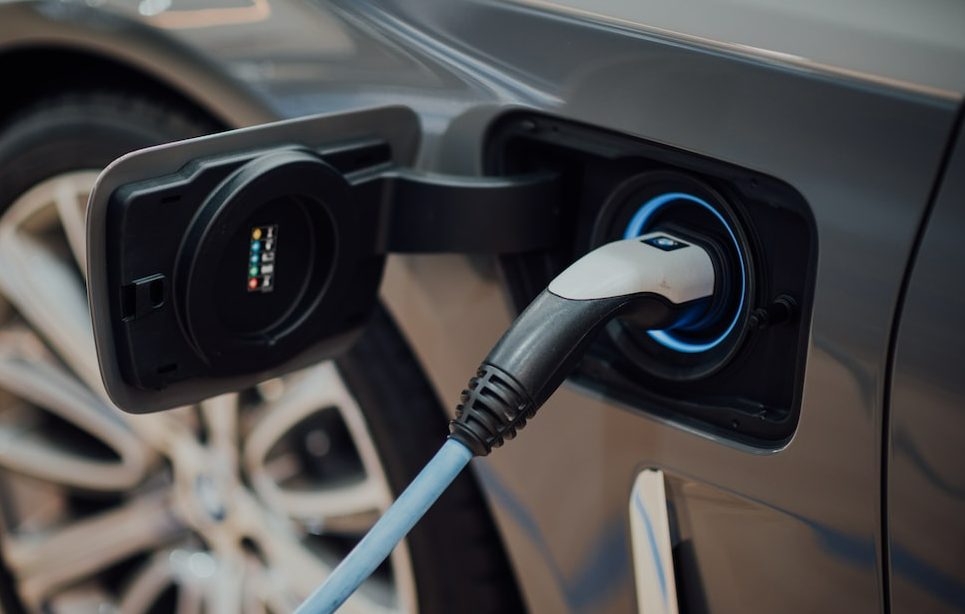BLOGS
EV Charger For Your Luxury Home
Electric vehicle chargers are the newest must-have feature for new luxury neighborhoods since the market for electric cars is expanding quickly.
Sales of electric vehicles climbed 81% between 2017 and 2018 as the electric vehicle market expanded. The newest must-have for brand-new luxury projects is an EV charger.
What is an Electric Vehicle?
Electric vehicles are particularly environmentally friendly since they use little to no fossil fuels (petrol or diesel), have fewer moving parts to maintain, and have low operating expenses. While some electric cars (EVs) employed lead acid or nickel metal hydride batteries, lithium ion batteries are now thought to be the industry standard for battery electric vehicles due to their longer lifespan, excellent energy retention, and self discharge rate of only 5% per month. Although attempts have been made to increase the safety of these batteries, there are still issues with them due to the possibility of thermal runaway, which has, for instance, led to fires or explosions in the Tesla model S.
There are two main types of electric vehicles, fully electric and a plug in hybrids:
-
Battery Electric Vehicles (BEV)
Battery-powered electric vehicles have 99.9% fewer moving parts that need to maintain than internal combustion engines.
Your vehicle may be charged overnight at home, giving them enough range for routine commutes. Although regenerative braking or traveling downhill can help reduce this by charging the battery packs, longer or more difficult trips may need charging the fuel cells before you arrive at your destination. An electric vehicle can take anywhere from 30 minutes to more than 12 hours to fully charge. The size of the battery and the EV charging station’s speed are both important factors.

-
Plug in Hybrid Electric Vehicle (PHEV)
Hybrid electric vehicles provide a combination of battery and gasoline (or diesel) power rather than just depending on an electric motor. This is superior for long-distance travel because you can switch to conventional fuels rather than looking for the charging stations to top off the battery if you want to.
Of course, PHEVs share the same drawbacks as combustion engine vehicles, such as the need for greater maintenance, increased engine noise, pollutants, and increased fuel costs. And in addition, PHEVs have smaller battery packs, which results in a shorter range.
The Best Home EV Chargers for 2023
A home charging station should take advantage of and also be taken into account by anyone who currently owns or is considering to purchase an electric vehicle. Despite the fact that you may charge at public charging stations, doing so rapidly becomes tedious due to the needless trip planning, an EV charger that are continually out of service, and an EV charger hat are already in use. With a home EV charger, all of this is avoidable.
Although slower than commercial DC fast chargers, Level 2 home chargers are more than rapid enough to charge your car when you’re at home, which may match with your electric company’s off-peak rates (many of these chargers allow scheduling).
With the exception of the most famous Nema 14 50 from the Tesla, automakers sell their own branded 240-volt Level 2 chargers for the home, but as all EVs use the Common Charging System (CCS), there are less expensive aftermarket options available. While some chargers are best installed in garages, others are made for outdoor use. Many of these charging devices also connect to smartphone apps so you can check on the progress of charging wherever you are. These different chargers are a desirable substitute for the specialized automobile chargers due to their wide range of capabilities.
-
ChargePoint Home Flex
One of the largest Level 2 charging networks in the nation is provided by ChargePoint, and the company also has a handy app that allows you to locate almost all of the accessible chargers (including free DC fast chargers). There is no learning curve for its Home Flex 50-amp smart charger because it operates similarly to its public chargers. It can be hooked into either an existing 240-volt outlet or a 240-volt circuit, which is often the home’s dryer circuit. More options to install in your garage are possible thanks to the 23-foot cable, and the entire charging unit is stylish.
Pros: Long cable and minimalist design, Indoor/outdoor use, and Smart-charging features (including a good app).
Cons: App only allows one account per charger (drawback for two-EV homes), App requires strong Wi-Fi signal in garage, and the most expensive cost.

-
The Grizzl-E Classic
Have an EV but no garage to charge it in? Take advantage of the most powerful Level 2 charger designed to survive the elements is called the Grizzl-E. It includes an integrated GFCI and is water- and fire-resistant. A 40-amp charger called the Grizzl-E can be hardwired or plugged into a 240-volt outlet already in place. It is as straightforward as they come, yet it is a reliable EV charger.
Pros: Weather-resistant, Adjustable output, and Can operate in extreme temperatures.
Cons: No smart-charging app to monitor status, No power switch—must disconnect cable or flip breaker to turn off, and No owners’ manual.
-
Autel MaxiCharger Home Smart EV Charger
The Autel MaxiCharger is an attractive, weather- and climate-resistant indoor/outdoor EV charger that can be installed quickly, either hardwired or plugged into a 240-volt outlet. It connects to an app via Bluetooth, Ethernet, or Wi-Fi so that you can manage and monitor your vehicle’s charging, including scheduling charging for off-peak times with your utility. An optional RFID card reader can stop unauthorized use if the charger is mounted outside and includes over-the-air software updates.
Pros: Sleek appearance, Weather-resistant, and Easy to install.
Cons: Charging data is strictly via app, Some reports of random disconnects from Wi-Fi and Bluetooth, and Cord for 240-volt operation is stiff.
-
ClipperCreek Level 2 EV Charger
One of the oldest brands in the still-young field of home EV chargers is ClipperCreek. Additionally, Clipper Creek is sticking to the fundamentals while competitors emphasize “smart” chargers that include apps for smartphones. The ClipperCreek Level 2 EV Charger won’t elicit “oohs” and “aahs” from your neighbors about the new expensive device in your garage. The structure is the same as that of earlier ClipperCreek chargers: a base unit with four LEDs (power, charging, power fault, and charging fault) that you plug in to your car to start and unplug to finish. It comes with a three-year warranty and is approved for indoor and outdoor use. You’re paying for the quality here, so “no frills” does not necessarily equate to “low cost.”
Pros: Can operate in extreme temperatures, Rugged construction, and Three-year warranty.
Cons: Expensive, No smart-charging capabilities, Short, rigid power cord limits installation options.

-
Emporia EV Charger
Even though Tesla was one of the first businesses to provide battery backup systems that could be used in conjunction with its wall charger, it is no longer the only one. Colorado-based Emporia includes an energy-monitoring system that detects the individual draw on each of your home’s circuits and a 48-amp Level 2 charger that can be connected to the firm’s 8.2 kWh battery backup. It is possible to install up to six batteries and connect them all to a solar array. You might therefore charge your EV outside the grid. Although there are fewer onboard smart features as the Autel MaxiCharger.
Pros: Good value, Integration for battery backup and energy monitors, and Up to 48 amps and 11.5 kW output; hardwired or plug.
Cons: Battery backup feature requires purchasing Emporia-only system, Fewer tech features (such as Alexa compatibility) than other smart chargers, and Data connection to vehicle may not report charging status for every EV.
Suggested Read: Philippine Electric Vehicle Law Ultimate Guide
Suggested Read: Portable Power Station: Best Of 2023
Suggested Read: How To Prepare For House Guests
Suggested Read: 5 Best Laptops For Your Digital Art
Suggested Read: How Real Estate Taxes Work















